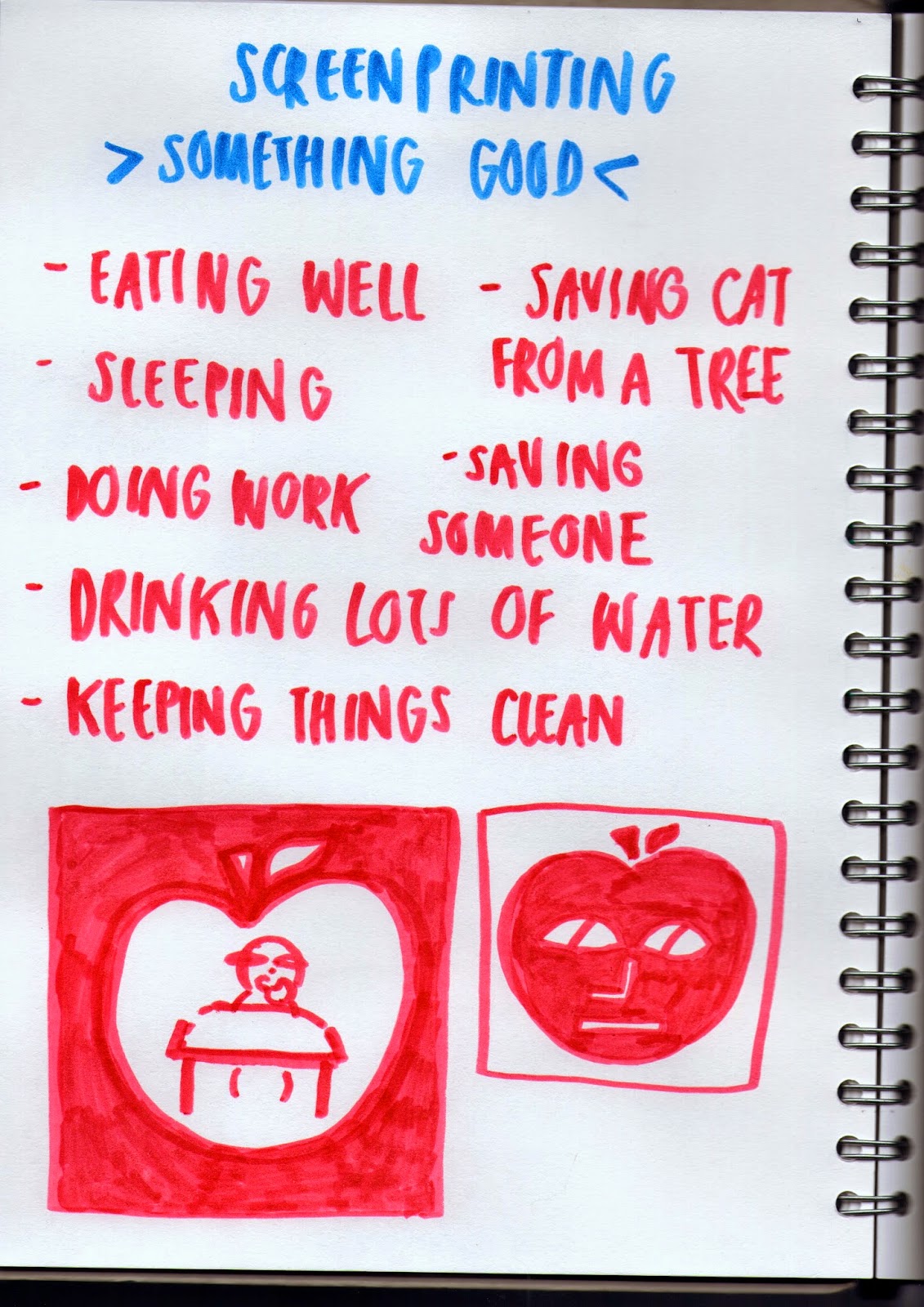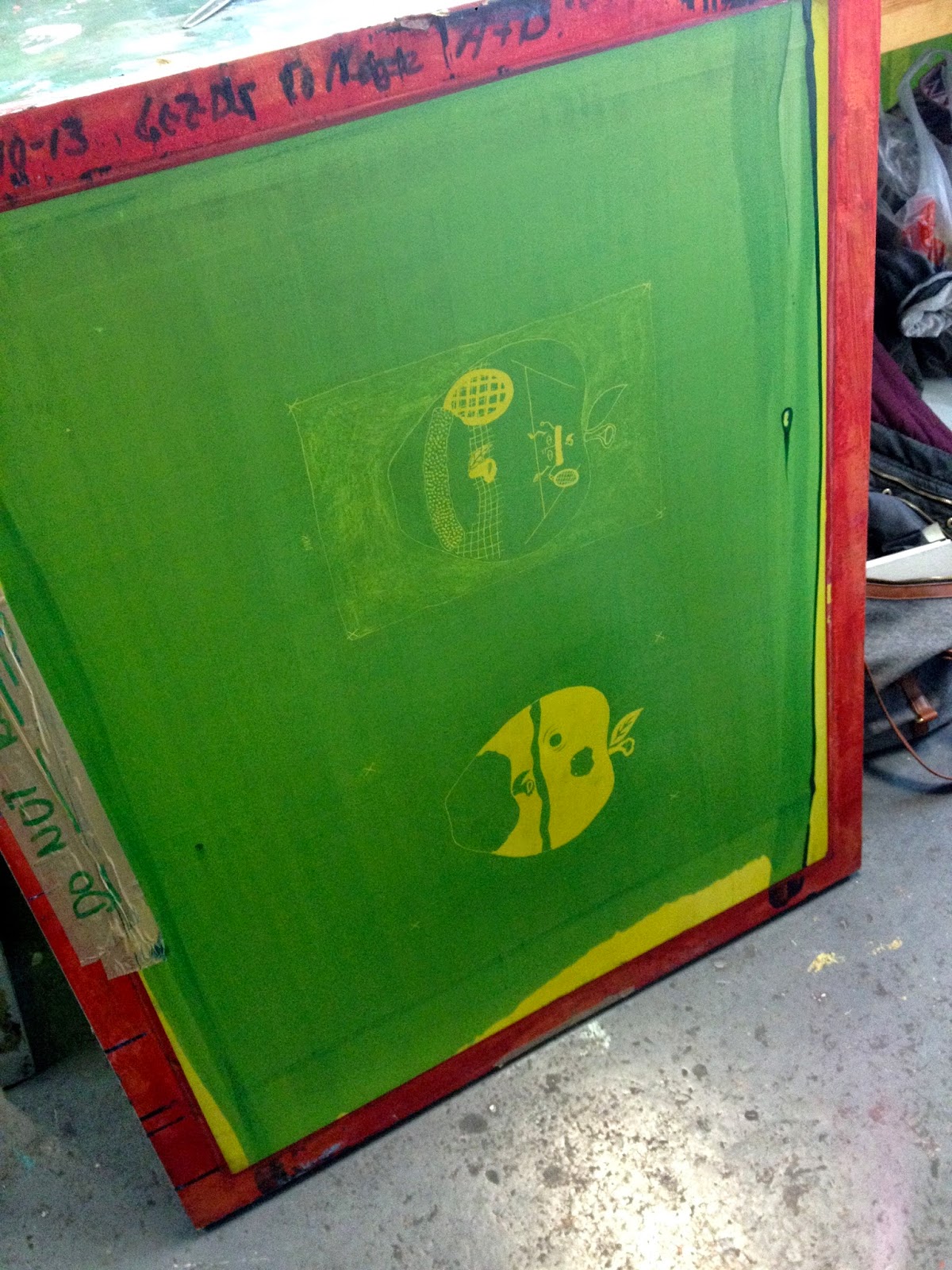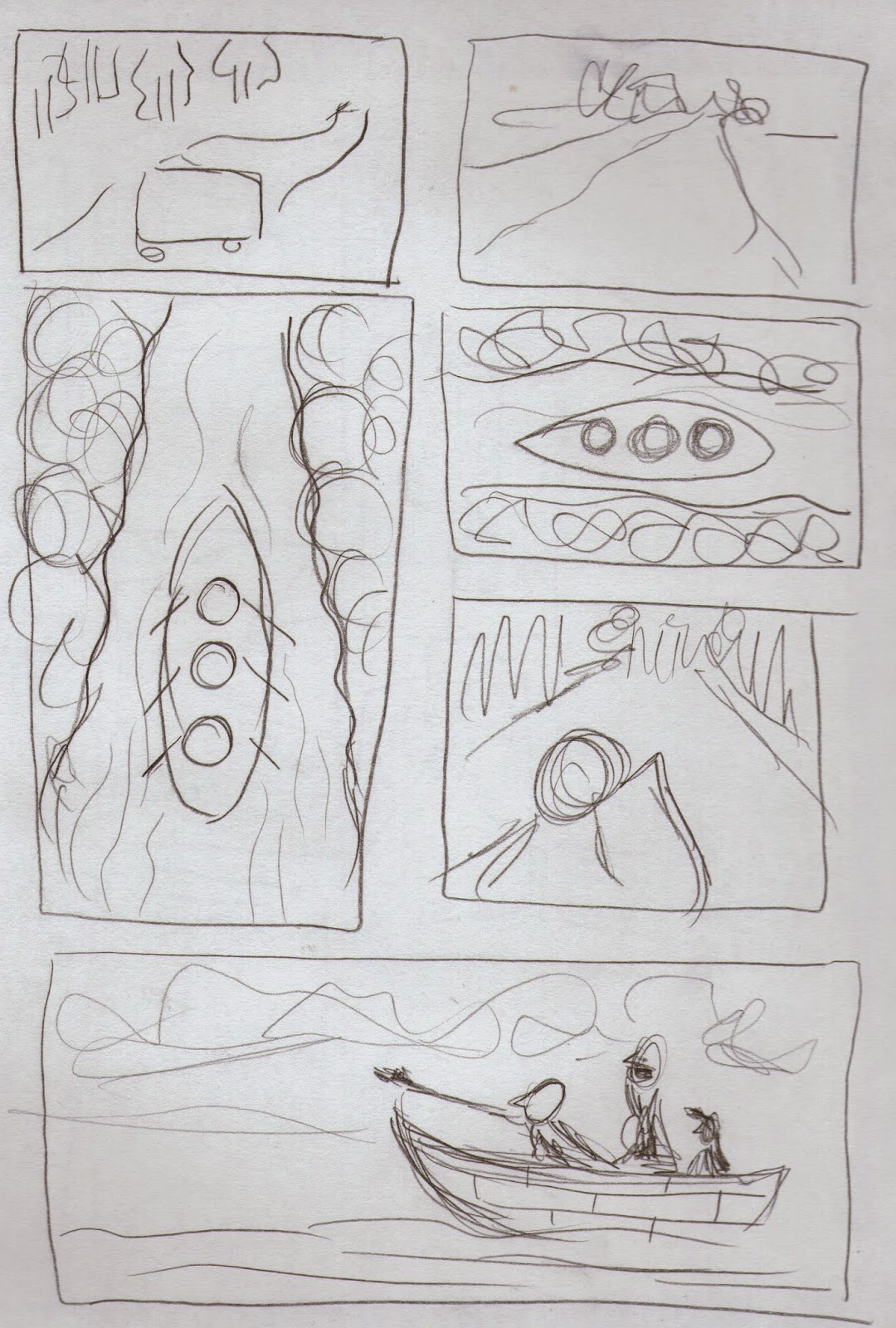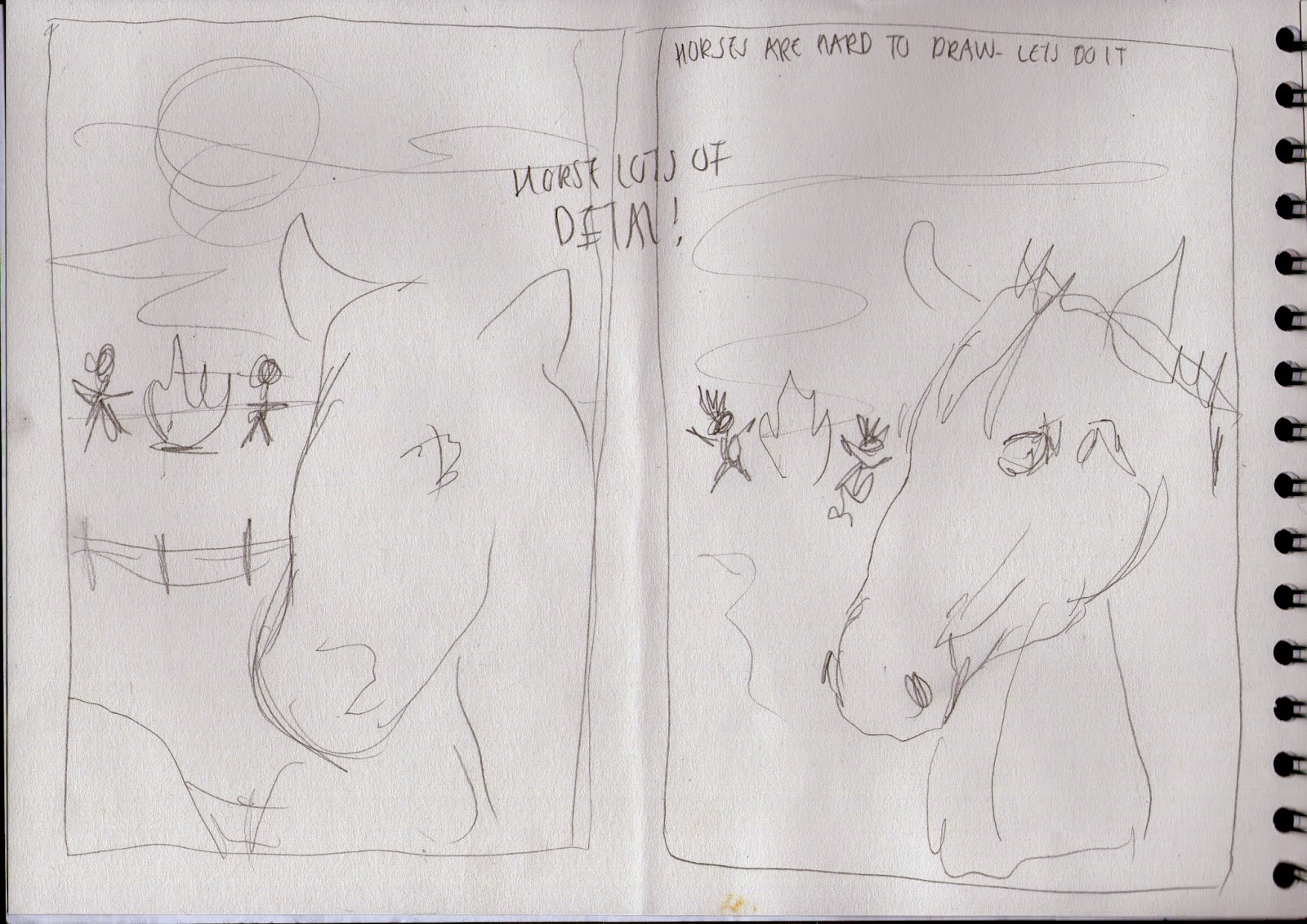EVALUATION
>Which practical skills and methodologies have you developed within this module and how effectively do you think you are employing them within your own practice?
1) Photoshop is definitely a skill I have improved on over this module, learning new tools and found myself becoming faster at using it. Still using my handmade craft but then putting it through the photoshop process I found produces effective outcomes. This is also evident in my other modules, as more and more of my recent work was been produced using photoshop.
>Which principles/ theories of image making have you found most valuable during this module and how effectively do you think you are employing these within your own practice?
2) Learning how to create successful composition is a stand out theory of image making that I found extremely valuable. This was something that I once was totally clueless about, but now I find myself thinking a lot more about my work, producing lots of roughs and thinking about elements such as viewpoint, line of sight etc. Also using simple shape work in my practice is something I have found valuable in this module, making me realise that using shapes can communicate just as well as a detailed drawing can. This has also influenced my other modules, such as the GIF making and Illustrator postcards in visual communication.
>What strengths can you identify within your Visual Language submission you capitalise on these?
3) My experimentation and willingness to explore materials is a strength of this module, as I tried to use as many different medias as possible to see what works best for my practice so I can employ them in my other modules. I also think that picking up on what I have to improve on is another strength, as I capitalised these after evaluating each piece and tried to teach myself to never do those things again.
>What areas for development can you identify within your Visual Language submission and how will you address these in the future?
4) My earlier work in this module seems to be a lot more rushed and a lot less blogging was written than the later, which is something I developed through the module itself rather than what needs to be addressed in the long term. Now I’ve learnt the importance of roughs and how developing ideas creates a far more contextual outcome rather than just the first thing that comes into your head (which is usually rubbish). However, I still don’t think I challenged myself as much as I could have, I think my compositions played it safe so fit the brief but didn’t amaze. In the future I definitely want to amaze instead of just doing what’s required from me.
>In what way has this module informed how you deconstruct and analyse artwork (whether your own or that of contemporary practitioners)?
5) This module has made me think a lot more about composition. From analysing artists week in the last few weeks, I find myself going over the same process in my head - ‘have they used line of sight?’ ‘what elements did they use to create this?’ etc. In turn this makes me think a lot more about my own work, questioning my practice more than I used to.





















































